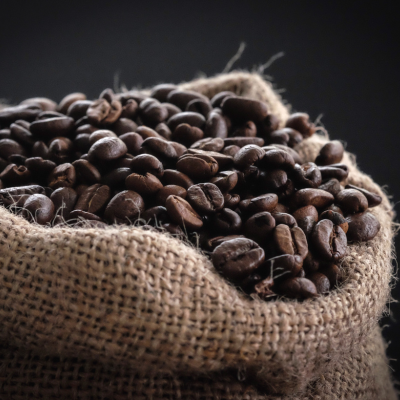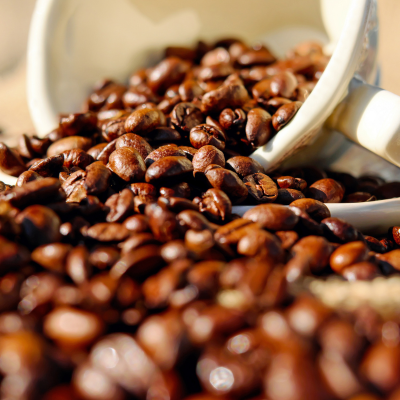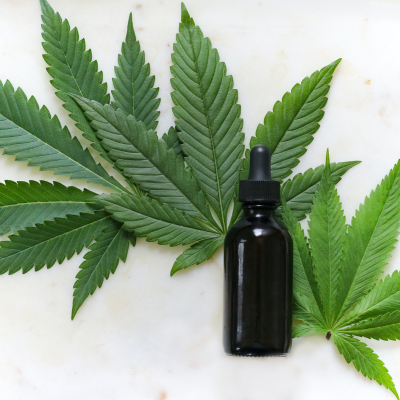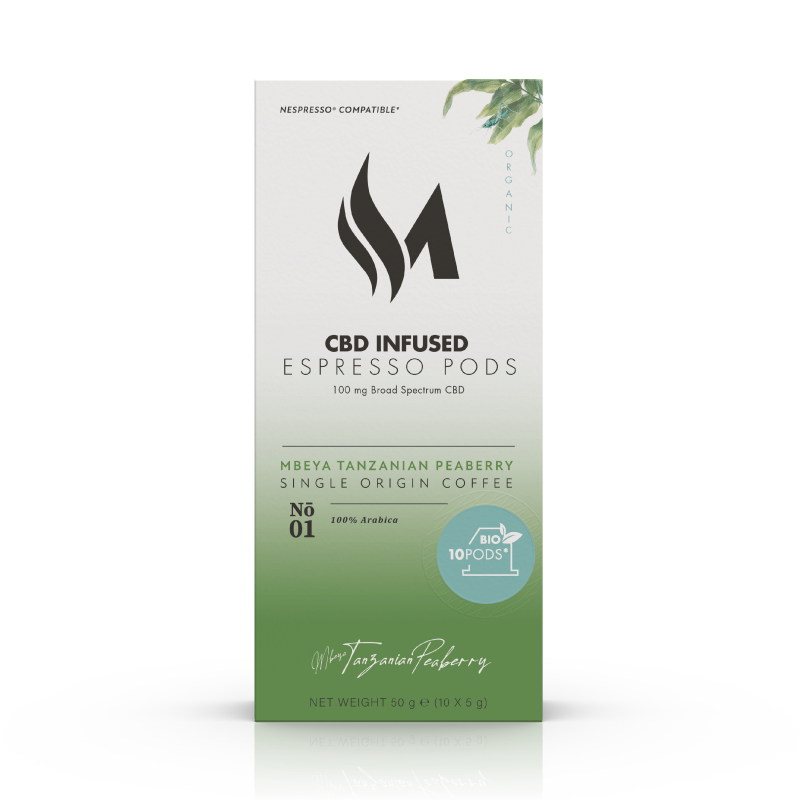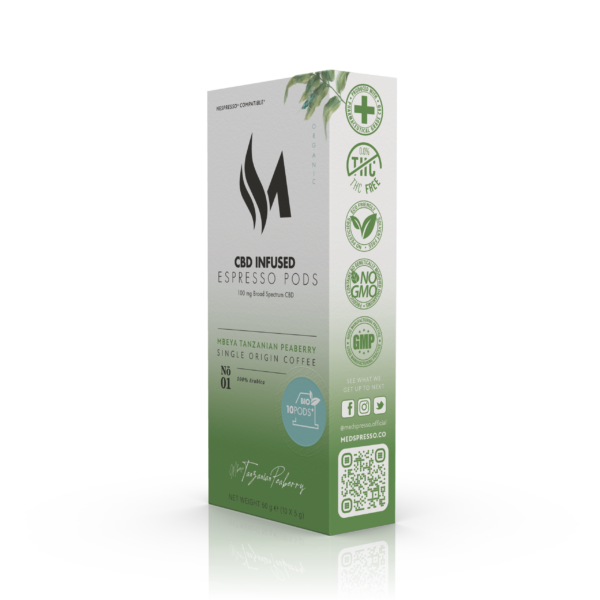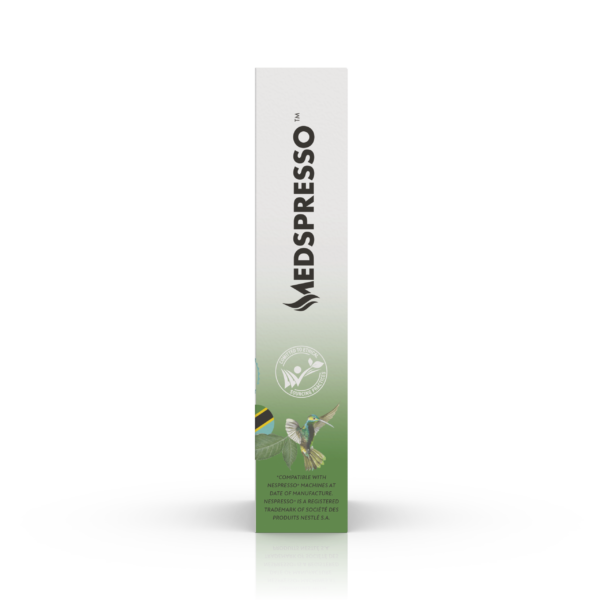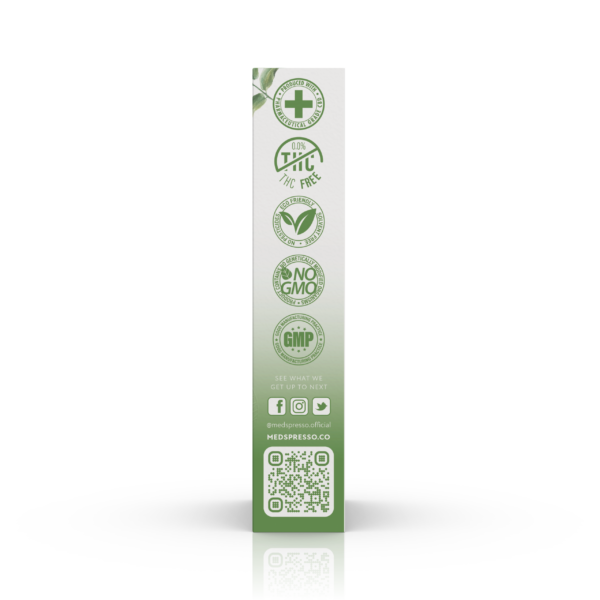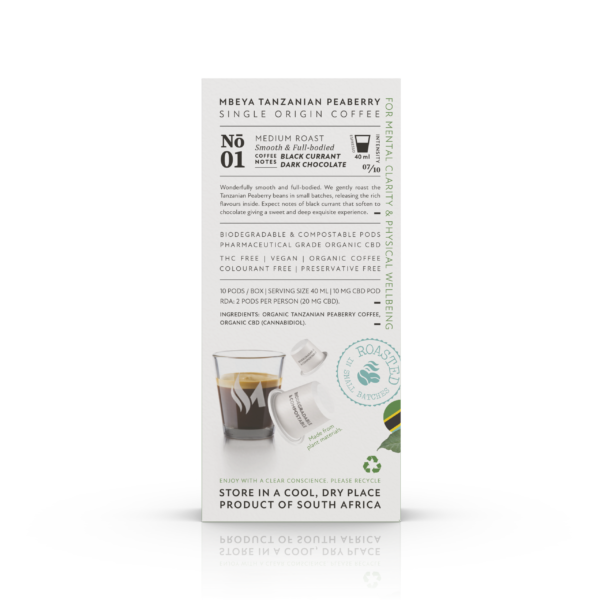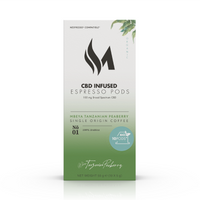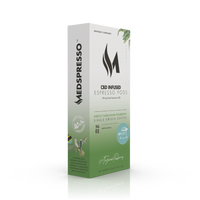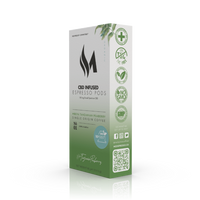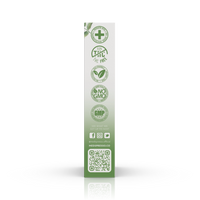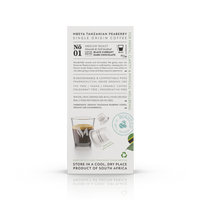Does dark roast coffee have more caffeine?
Have you ever wondered if dark roast coffee beans have more caffeine than a light roast or a medium roast coffee simply because it tastes stronger? Well, the answer to this question might be a little more complicated than you think.
In human beings, however, Caffeine blocks the effects of ‘Adenosine’. Adenosine is an important neurotransmitter, which makes us unwind and feel sleepy at night. Caffeine prevents adenosine from doing its job by attaching to the receptors and keeping us awake when we would otherwise feel sleepy.
Now let’s look at what happens during the roasting process
This entails that, although the caffeine hasn’t changed in the coffee beans, a bean’s caffeine per volume decreases and caffeine per weight increases. Simply it means, that if you are making your morning coffee with one spoonful of dark roast, then you are getting less caffeine than you would if you put the exact same spoonful of light roast. Still complicated? Stick with us.
In Conclusion
Almost no one in the world has time to count their coffee beans every morning to brew the perfect cup. So, if you are looking to maximise the caffeine from your coffee, you can rely on the following rule of thumb: A light roast has more caffeine per scoop while a dark roast has more caffeine per gram.
However, if you prefer your coffee to have a slightly more full-bodied and charred taste rather than a sweeter, tangier, taste like the ones characteristic to light roasts, then you should go with your taste buds!
The differences between light and dark roasted coffees are significant in taste but the differences in caffeine levels are so slim that you probably wouldn’t even notice it.
Now go ahead and brew your delicious fresh coffee for your coffee cravings, may it be a French roast, an American roast, Continental roast, Italian roast, espresso roast, regular roast or whatever roast profile you enjoy the most in any brewing method you prefer.







